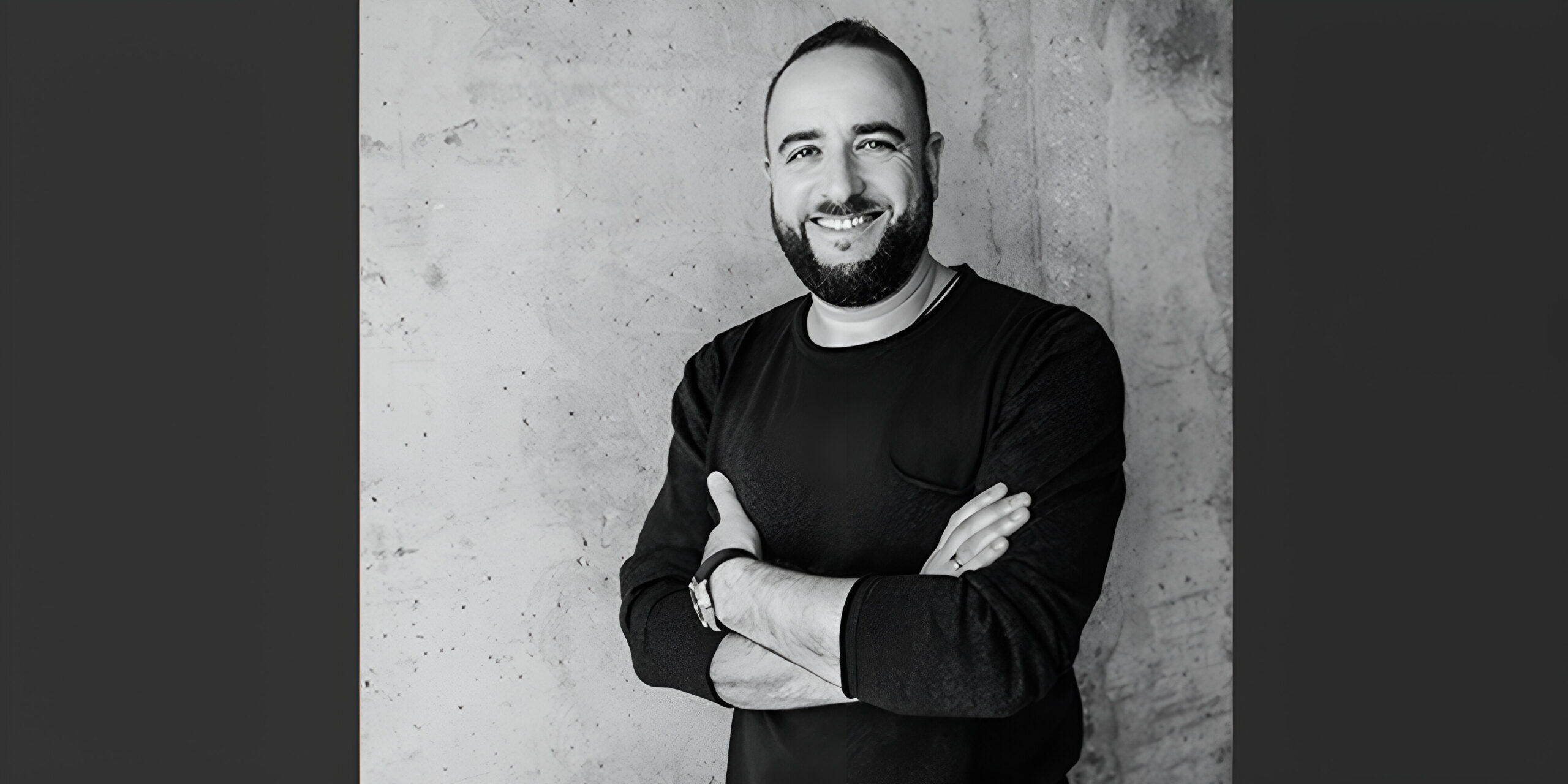In today’s digital age, the fashion industry has evolved far beyond the traditional boundaries of print magazines and fashion shows. Fashion bloggers and social media influencers have become pivotal in shaping trends and elevating designers’ profiles. This article explores how fashion designers can expand their reach beyond traditional media features by leveraging the power of fashion bloggers and other modern platforms.
The Rise of Fashion Bloggers

Fashion bloggers have revolutionized the way fashion is consumed and perceived. These individuals often start with a passion for fashion and an online platform, eventually gaining massive followings and becoming influential voices in the industry.
Why Fashion Bloggers Matter
Fashion bloggers are trusted sources of style inspiration and trendsetting. They provide real-time insights and reviews, making fashion accessible to a global audience. Their authenticity and personal connection with followers give them a unique influence that traditional media often lacks.
Types of Fashion Bloggers
- Personal Style Bloggers: These bloggers share their daily outfits and style tips, offering a personal touch that resonates with followers. Examples include Blair Eadie of Atlantic-Pacific and Aimee Song of Song of Style.
- Luxury Fashion Bloggers: Focusing on high-end fashion, these bloggers provide insights into luxury brands and exclusive events. Tamara Kalinic of Glam and Glitter is a prominent example.
- Sustainable Fashion Bloggers: With the rise of eco-consciousness, bloggers like Venetia La Manna focus on promoting sustainable and ethical fashion choices.
Expanding Beyond Traditional Media

Leveraging Social Media Platforms
Social media platforms like Instagram, TikTok, and Pinterest have become essential for reaching wider audiences. These platforms allow designers to showcase their work, interact with followers, and stay relevant in a fast-paced industry.
Instagram remains a powerhouse in fashion marketing. Designers can use Instagram to share high-quality images, behind-the-scenes content, and engage with their audience through stories and live sessions. Hashtags and collaborations with influencers can further amplify reach.
TikTok
TikTok’s short-form video content is ideal for showcasing new collections and creative processes. Viral challenges and trends can rapidly increase visibility. Fashion brands like Gucci and Dior have successfully tapped into TikTok’s potential by creating engaging and trendy content.
Pinterest is a visual discovery platform that drives significant traffic to fashion websites. By creating eye-catching pins and organizing boards around different themes and collections, designers can attract and inspire potential customers.
Collaborating with Influencers
Influencer collaborations are a strategic way to reach new audiences. By partnering with influencers who align with their brand values and aesthetic, designers can benefit from authentic promotion and endorsements.
Finding the Right Influencers
Selecting the right influencers is crucial. Designers should look for influencers whose followers match their target demographic and whose content aligns with their brand image. Tools like AspireIQ and Upfluence can help identify suitable influencers based on various metrics.
Creating Authentic Partnerships
Authenticity is key to successful influencer partnerships. Designers should work closely with influencers to create content that feels genuine and resonates with their audience. This might include product placements, sponsored posts, or exclusive collaborations.
Utilizing YouTube and Vlogs
YouTube offers a platform for long-form video content, allowing designers to provide deeper insights into their brand and creative process. Vlogs, behind-the-scenes footage, and fashion tutorials can help build a loyal audience.
Case Study: Chanel’s YouTube Strategy
Chanel’s YouTube channel is a prime example of how luxury brands can use the platform effectively. With videos ranging from runway shows to detailed craftsmanship insights, Chanel provides a comprehensive view of its brand, engaging millions of viewers.
Engaging with Online Communities

Online communities and forums such as Reddit, Quora, and fashion-specific platforms like The Fashion Spot can be valuable for engaging with dedicated fashion enthusiasts. Participating in discussions, answering questions, and sharing insights can establish designers as authorities in the field.
Reddit’s r/fashion
The r/fashion subreddit is a vibrant community where users discuss trends, share outfit ideas, and review brands. Designers can gain valuable feedback and connect with potential customers by participating in these discussions.
Maximizing the Benefits of Digital Tools
Email Marketing
Email marketing remains a powerful tool for maintaining direct communication with customers. Designers can use email campaigns to share new collections, exclusive offers, and personalized content. Building a strong email list through sign-ups on websites and social media is essential.
SEO and Content Marketing
Search Engine Optimization (SEO) and content marketing are critical for driving organic traffic. Designers should create high-quality blog posts, lookbooks, and other content optimized for relevant keywords. This approach helps improve search engine rankings and attract potential customers searching for fashion-related information.
Virtual Fashion Shows and Events
The COVID-19 pandemic accelerated the adoption of virtual fashion shows and events. These digital experiences allow designers to reach a global audience without the limitations of physical venues. Interactive elements such as live chats and virtual fitting rooms enhance engagement.
Example: Balenciaga’s Virtual Runway
Balenciaga’s virtual runway shows are a testament to the potential of digital fashion events. By leveraging cutting-edge technology and creative storytelling, the brand delivers immersive experiences that captivate audiences worldwide.
Conclusion
Expanding beyond traditional media features is essential for fashion designers seeking to stay relevant and grow their brands in today’s digital landscape. By leveraging fashion bloggers, social media platforms, influencer collaborations, YouTube, online communities, and digital tools, designers can reach wider audiences and build stronger connections with their customers.
To maximize these opportunities, designers should focus on creating authentic and engaging content, building relationships with key influencers, and continuously exploring new platforms and technologies. By doing so, they can ensure their brand remains at the forefront of the fashion industry, adapting to changing trends and consumer behaviors.
For fashion designers looking to elevate their presence, embracing the diverse and dynamic world of digital media is not just an option—it’s a necessity. By strategically navigating this landscape, designers can expand their reach, enhance their visibility, and ultimately achieve greater success.







